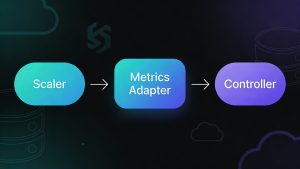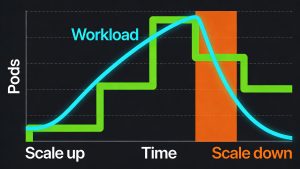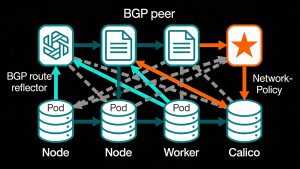As we approach 2025, the web development landscape is evolving rapidly, bringing exciting new possibilities for designers and developers. This article explores cutting-edge front-end features that are set to transform the way we create and interact with websites and applications.
CSS Innovations
Container Queries and Style Queries
Container queries allow for component-specific styling, enabling developers to query the width and style of the container in which components reside. This offers more logical control over styles in CSS, particularly beneficial for reusable components with multiple variations.
Text-Wrap: Balance
The text-wrap: balance property addresses the issue of orphaned words at the end of headlines. It automatically calculates the number of words and divides them equally between two lines, creating more visually appealing and consistent headings.
Auto Field-Sizing
CSS field-sizing allows inputs and text areas to automatically grow or shrink based on content size, eliminating the need for complex JavaScript solutions in form design.
Scroll Snap
CSS scroll snap simplifies the creation of scrollable containers, enabling precise left and right swiping with snap-to-item functionality. This is particularly useful for image galleries, avatar lists, and similar components.
Anchor Positioning API
The CSS Anchor Positioning API introduces native positioning of elements relative to other elements, known as anchors. This simplifies the creation of tooltips, popovers, and other layered interfaces without relying on third-party libraries.
Color and Typography Advancements
High-Definition Colors with OKLCH and OKLAB
New color spaces like LCH, okLCH, LAB, and okLAB provide access to 50% more colors than traditional RGB/HSL. These color spaces, based on human perception, offer exciting possibilities for creating rich gradients and comprehensive color palettes.
Relative Color Syntax (RCS)
RCS allows developers to create new colors based on existing ones, simplifying tasks such as reducing luminosity or generating complementary colors without manual calculations.
Enhanced User Experience Features
View Transitions API
This API enables the creation of seamless visual transitions between different views on a website, enhancing user engagement for scenarios such as navigating between product listings and detail pages.
Hidden Content Search
The hidden=until-found attribute and beforematch event solve issues with accordions and similar UI patterns, making content within collapsed sections searchable and improving both user experience and search engine accessibility.
Exclusive Accordions with CSS
CSS now allows for the creation of ‘exclusive accordions’ without JavaScript, using the name attribute on <details> elements to create semantic groups that behave as exclusive accordions.
Form and Input Improvements
User-Specific Pseudo-Classes
The :user-valid and :user-invalid pseudo-classes provide a native CSS solution for handling form validation feedback, offering a more user-friendly approach by giving feedback only after users have interacted with input fields.
Optimizing Mobile Input with Inputmode
The inputmode attribute enables developers to display the most appropriate virtual keyboard layout for different input types on mobile devices, enhancing user experience and input efficiency.
Advanced Styling Techniques
Parent-Child Styling with :has
The :has pseudo-class introduces the ability to style parent elements based on their children, opening up new possibilities for dynamic and context-aware styling.
Fluid Typography and Spacing
CSS comparison functions min(), max(), and clamp() provide powerful tools for creating dynamic layouts with fluid type scales, grids, and spacing systems, adapting seamlessly to different viewport sizes.
Native HTML Elements and Attributes
Dialog and Popover Elements
The <dialog> HTML element offers a native, accessible solution for creating modal and non-modal dialog boxes, simplifying the implementation of popups and interactive components.
Responsive HTML Video and Audio
The reintroduction of media attribute support for HTML video sources allows for responsive delivery of video content, optimizing performance across different devices and viewport sizes.
Conclusion
As we look towards 2025, these front-end features promise to revolutionize web design, offering new possibilities for creating more dynamic, responsive, and user-friendly websites and applications. Designers and developers alike can look forward to leveraging these tools to push the boundaries of what’s possible on the web.
Read more such articles from our Newsletter here.



